The 10th edition of the Open House Prague festival takes place May 13–19, 2024. While an eventful accompanying program is prepared for the week starting on May 13, the festival will also open 115 buildings and spaces around the capital city for free on the weekend of May 18 and 19. Several buildings offer tours in English.
The full list of all open buildings can now be found on our website. The accompanying programs will be gradually posted in the Events Calendar. As every year, we are working on a printed version of this year’s Festival Guide, available for purchase in May in our online store or from May 13 at the information center at the Hybernská Campus.

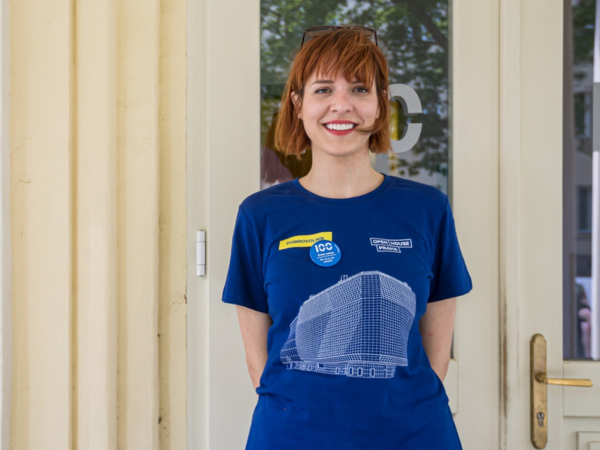
As every year, we strive to break barriers and open the city for everyone. The main themes of this year’s festival are accessibility and inclusion, which are addressed throughout the entire program. On the weekend, there will be special tours for visitors with hearing or visual disabilities, tours for children, a discussion on the accessibility of the city, an interactive city game, and more. Aside from the owners, managers, and employees of the buildings, hundreds of volunteers are also involved in the festival. We accept applications for the volunteer program, whose ambassador is Lejla Abbasová, until the very last minute. Anyone can become a volunteer, no matter their age, nationality, or occupation. Join us and help us open the city for everyone!
Buildings & Anniversaries – Fuchs, Tyl, Benš, Fanta, Hubáček
During the festival weekend, several functionalist gems will open to the public, reminding us of significant Czechoslovak architects. The first is the former restaurant of the Štvanice Winter Stadium by Josef Fuchs (130th birth anniversary). The stadium served as the venue for several ice hockey world championships in the past, and after the year 1959, it was used for public skating. However, its condition gradually deteriorated, and in 2011, despite its heritage protection, it was demolished. Only the café was spared, and today it houses the club Fuchs2.
“In relation to this year’s celebrated architects, we, in collaboration with architect Zdeněk Lukeš, have prepared a lecture on the work of Oldřich Tyl and Josef Fuchs as part of the accompanying program on Tuesday, May 14 at 6 p.m. The lecture will take place at the unconventional space of the club Fuchs2. The former restaurant near the bustling highway is the last remnant of the once famous and now demolished Štvanice Winter Stadium, where sports history was made. The lecture will not only delve into the history of the place but will also provide visitors with an opportunity to see how the space has come alive in recent years thanks to alternative culture and art installations,” says Andrea Šenkyříková, creative director of the festival.

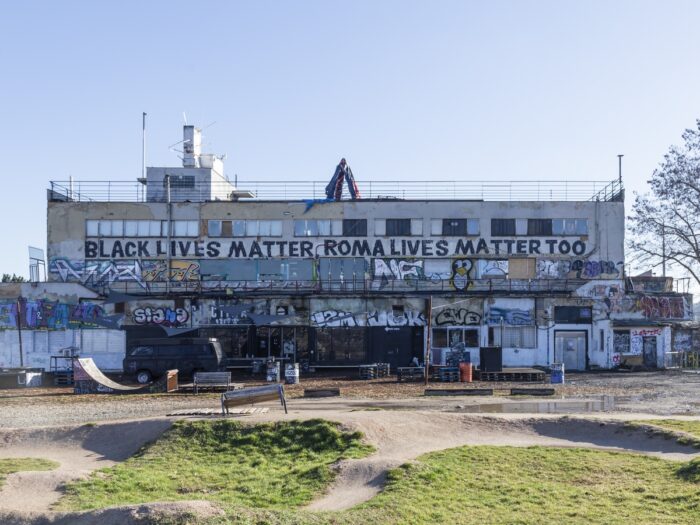

Visitors will also have the opportunity to explore the technical facilities and rooftop terrace of the Trade Fair Palace, one of the projects of architects Josef Fuchs and Oldřich Tyl (140th birth anniversary). At the time of its construction, this eight-story constructivist building, the largest of its kind in the world, was at the forefront of modern architecture. In addition to exhibition spaces, it housed a cinema, restaurant, and café on the rooftop terrace. However, 50 years ago, in 1974, the palace was destroyed by a massive fire. After lengthy discussions, it was decided to restore this exceptional building for the needs of the National Gallery. Another inconspicuous realization by architect Oldřich Tyl is featured in the program – the Pod Slovany Garage in Nové Město. During its heyday, this garage provided top-notch service for vehicles of affluent clients, and some details from the garage’s rich equipment have been preserved to this day.



During the weekend, festival visitors can also explore the Bílá Elementary School and Nursery School, often referred to as a small gem of Czechoslovak functionalism, which brought international recognition to its very young architect, Jan Gillar (120th birth anniversary). Inspired by Dutch and German open-air schools, the school complex was completed 90 years ago, with a reinforced concrete frame as its foundation. Emphasis was placed on maximizing classroom space, natural lighting, and integration with surrounding greenery. Czech functionalism is also represented in the program by works of Adolf Benš (140th birth anniversary), such as the former Electrical Enterprises, now Bubenská 1, and Terminal 4 at Václav Havel Airport.
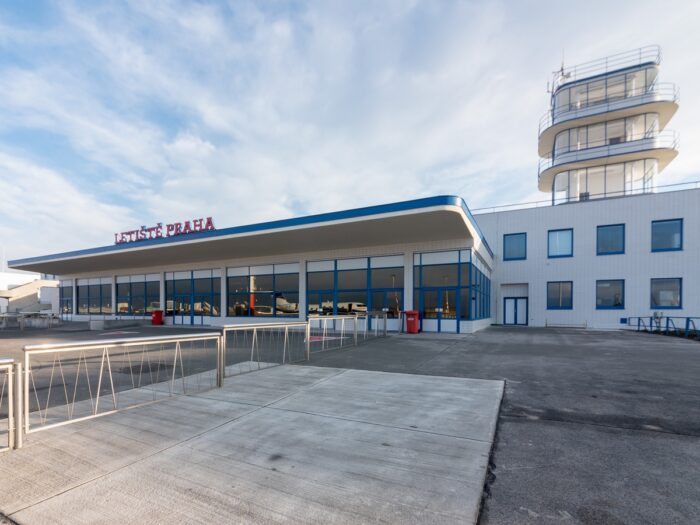


The festival also commemorates this year’s 70th anniversary of the death of Josef Fanta by opening the Hlávka Student Dormitory, designed in the style of Neo-Renaissance and officially opened 120 years ago. Its façade is decorated with sgraffito motifs depicting students, coats of arms, and the St. Wenceslas eagle. After several years of reconstruction, the stunning Art Nouveau spaces in the north wing of the Fanta Building at the main railway station will also open to the public. Here visitors will have the chance to see the government lounge on platform 1, where Emperor Franz Joseph I or President T. G. Masaryk used to spend their time while waiting for the train. Fanta’s work is also represented by the seat of the Ministry of Trade and Industry of the Czech Republic, which features the iconic glass dome that festival attendees can climb into.
The last commemorated architect this year, Karel Hubáček (100th birth anniversary), will be represented by the unconventional artistic space of the DISK Theater with a submarine-shaped roof. Visitors will have the opportunity to explore not only the theater’s backstage but also the intricate underground corridors, whose history dates back to ancient medieval times. Karel Hubáček and his architecture studio SIAL also contributed to the reconstruction of the aforementioned Trade Fair Palace.

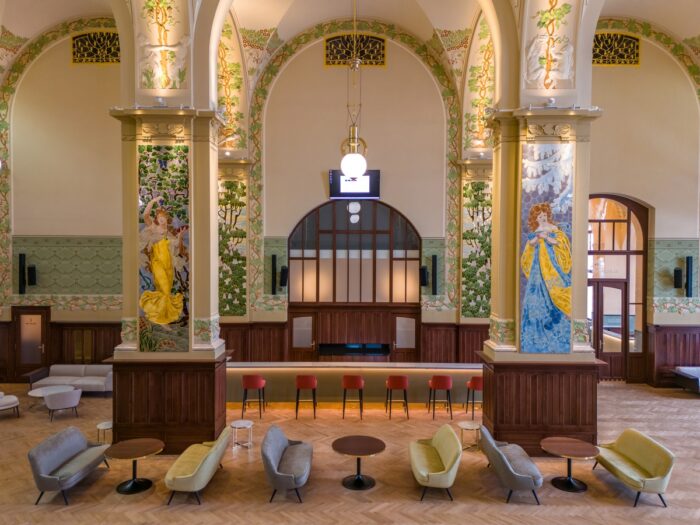


New Buildings in the Program
The 2024 Open House Prague festival features over 35 new buildings in the program across 13 districts. One of them is the splendid palace of the First Czech General Reinsurance Bank on Smetana Embankment, designed in a floral Art Nouveau style, which currently houses the Goethe-Institut. Not many people would guess that within these grand premises lies a fully functional sauna, built in the 1970s when the building housed the Embassy of the German Democratic Republic. The sauna will be open for viewing during the festival weekend along with the luxurious and well-maintained interiors. Additionally, the building’s foyer will host an exhibition titled “The Kafka Family Photo Album”, offering many previously unpublished photographs from the life of writer Franz Kafka’s family, commemorating this year’s 100th anniversary of his death.
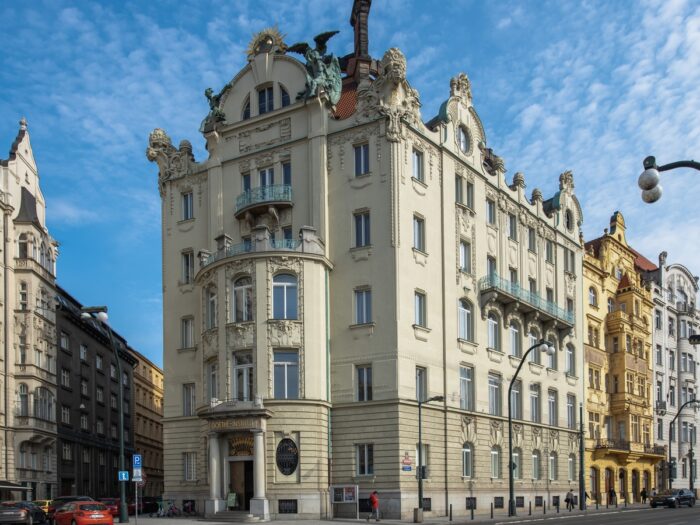
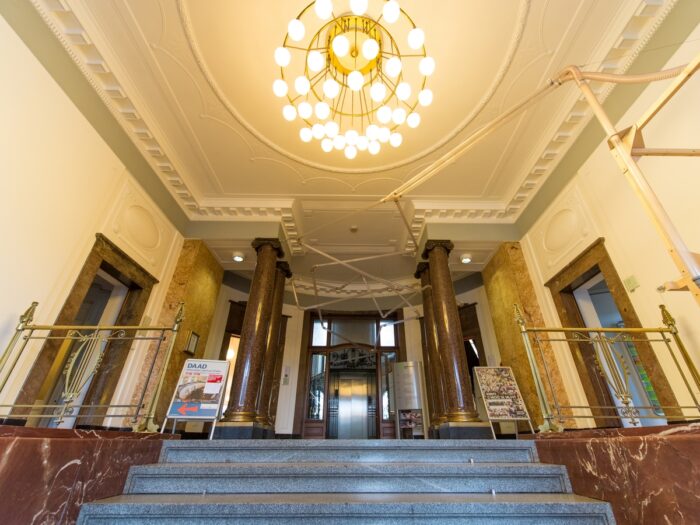

Another new building featured in the program is the Škoda Works Palace, now the seat of the Prague City Hall, designed by prominent Czech architect Pavel Janák. During the festival, visitors can see the representative Škoda Lounges with exceptional Art Nouveau interior decoration and restored period furniture. Visitors will also have the exceptional opportunity to explore the magnificent Neo-Renaissance Old Town Market Hall on Rytířská Street. Designed by Jindřich Fialka, the architect of the Letná Water Tower, the market hall was last used for shops and a supermarket. The entire building was closed in 2020 as part of plans for complete reconstruction aimed at restoring its original function. However, a year later, the city council abandoned these plans, and since then, this historical landmark in the city center has been awaiting restoration.



This year’s program also included the palace of the Municipal Insurance Company on Old Town Square, now the seat of the Ministry of Regional Development of the Czech Republic. This Art Nouveau building was designed by Osvald Polívka, who invited some of the greatest artists of that time to get involved in the project. Thanks to this, we can still admire beautiful sculptures by Bohuslav Schnirch and Ladislav Šaloun. The picturesque atrium and spaces of the Václav Havel Library will open the doors of the classical Deym Palace, where Czech politician and nobleman Karel Schwarzenberg, whose family owns the palace, had his apartment after the year 1989. Near the busy Republic Square, the festival will open a town house designed in the late classical style that is now home to the Czech National Agency for International Education and Research. For the first time, the festival has also managed to gain access to the private Na Libušince Villa, a cubist house that is one of the three unique houses on Rašín Embankment. The villa was designed by prominent Czech architect Emil Králíček, who is also the author of the iconic cubist lamp on Jungmann Square.

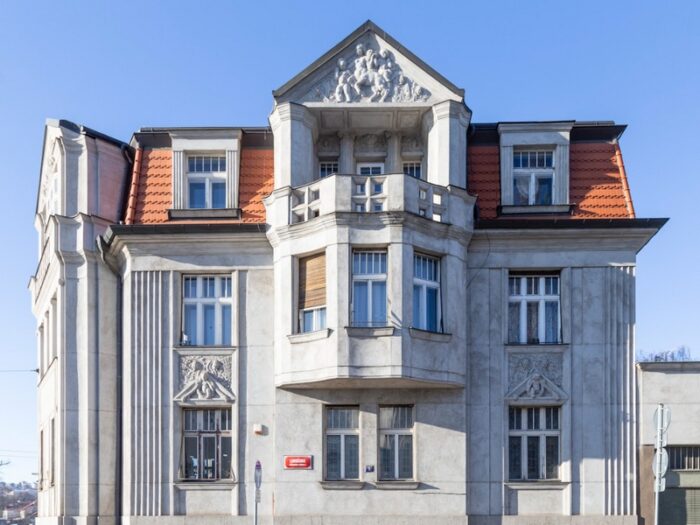

For the first time ever, several buildings within the Prague Castle premises are included in the program. Here visitors can enter the Presidential Residence, which was originally designed by architect Pavel Janák for President Edvard Beneš. Unfortunately, Beneš did not live to see the house’s completion, and the residence was later used by communist presidents. Since 1989, the house has mostly been unused and served mainly as a venue for press conferences or meetings. However, in recent years, it has undergone extensive renovations that have preserved original elements designed by Janák. Visitors will also have access to another extraordinary building in the Royal Garden – the New Orangery designed by Eva Jiřičná, the festival’s patroness. The construction of this high-tech glass and steel building was initiated by Olga Havlová, the first wife of President Václav Havel. The operation of the greenhouse and care for tropical plants are provided by a range of automatic systems. It also features two small fountains – one designed by Slovenian architect Jože Plečnik and another by Otto Rothmayer. Finally, the program also includes the Lobkowicz Palace, whose architecture elegantly blends elements of the Renaissance and Baroque. Today, the palace is the only privately owned part of Prague Castle, serving as a museum with a valuable collection of the Lobkowicz family, which is considered the largest and oldest private art collection in the Czech Republic.
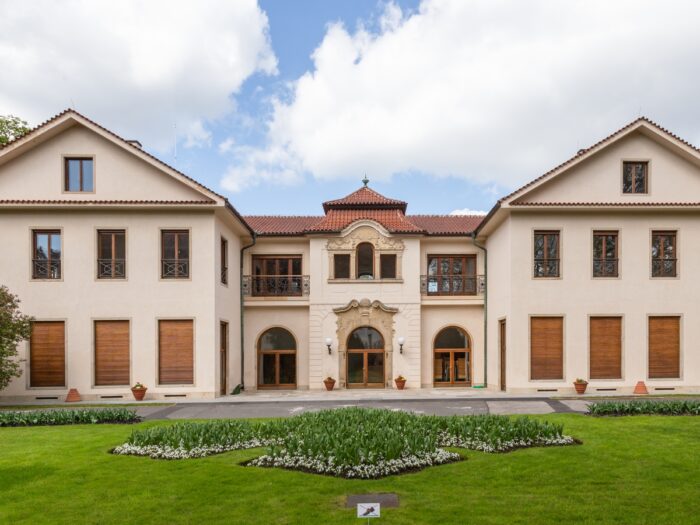
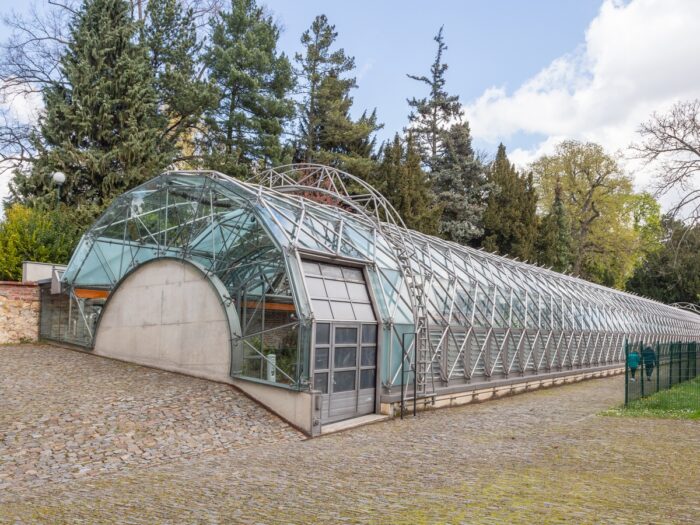

One of the world’s largest modern archival complexes, located in the district of Chodovec, is celebrating its 30th anniversary this year. On this occasion, visitors will have the opportunity to explore its interiors, including the National Archives and the State Regional Archives in Prague. Towering over their surroundings, there are three tall depository blocks, covered in colorful ceramic tiles. Visitors can explore the local library as well as the movie theater, research rooms, depositories, and the disinfection station for archived materials. For the first time, the festival will also open the monumental three-wing historical building of the National Archives, located on the avenue named after Milada Horáková in Dejvice. Today, it houses the archives’ headquarters, library, and the archives’ first department. During the tour, visitors can take a peek inside the former director’s apartment and see a facsimile of the Golden Bull of Sicily, issued on September 26, 1212 in Basel, which is a document of paramount importance for Czech rulers and the Czech lands.
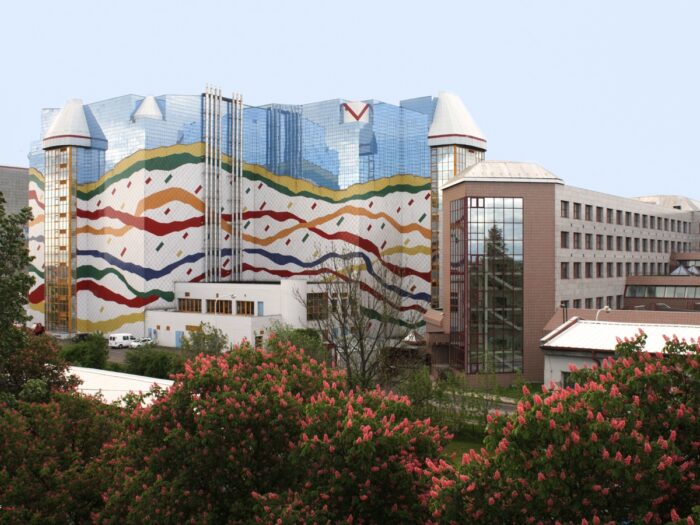
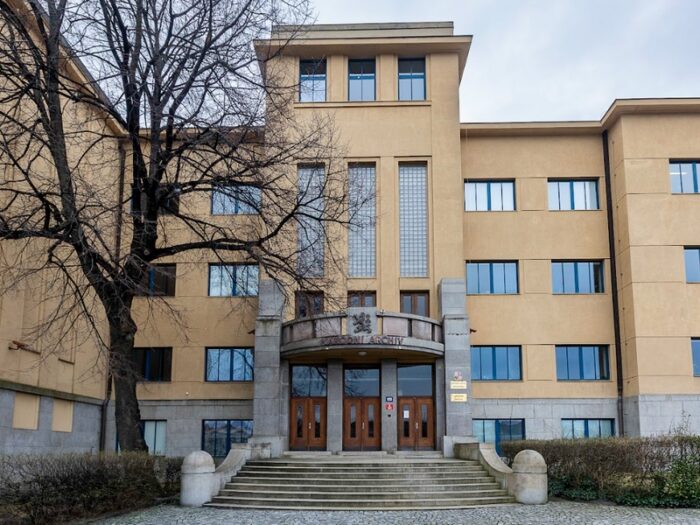


Tours in English
While tours in most buildings take place only in Czech, there are a number of buildings that offer tours in English. These include for example the Great Strahov Stadium, one of the biggest stadiums in the world; ARA Palace, a gem of functionalist architecture from 1931 where visitors can enjoy breathtaking views from the terrace; Sokol Gymnasium in Vinohrady, the biggest Sokol gym in the world that went through many hardships in the 20th century; Laichter House, designed by famous Czech architect Jan Kotěra for Jan Laichter, the owner of a publishing house; or the Clubhouse of the Autoclub of the Czech Republic, the seat of the first Czech automobile club with spectacular interiors. More buildings that offer English tours include for example the Old Town Market Hall, Škoda Works Palace, or Terminal 4 at Václav Havel Airport. English tours take place throughout the weekend at fixed hours. The availability of English tours can be filtered in the program.
Do you need help deciding which places to visit during Open House Prague 2024? We have put together a list of carefully selected buildings that you shouldn’t miss, including several buildings that offer tours in English.


Comments are closed here.